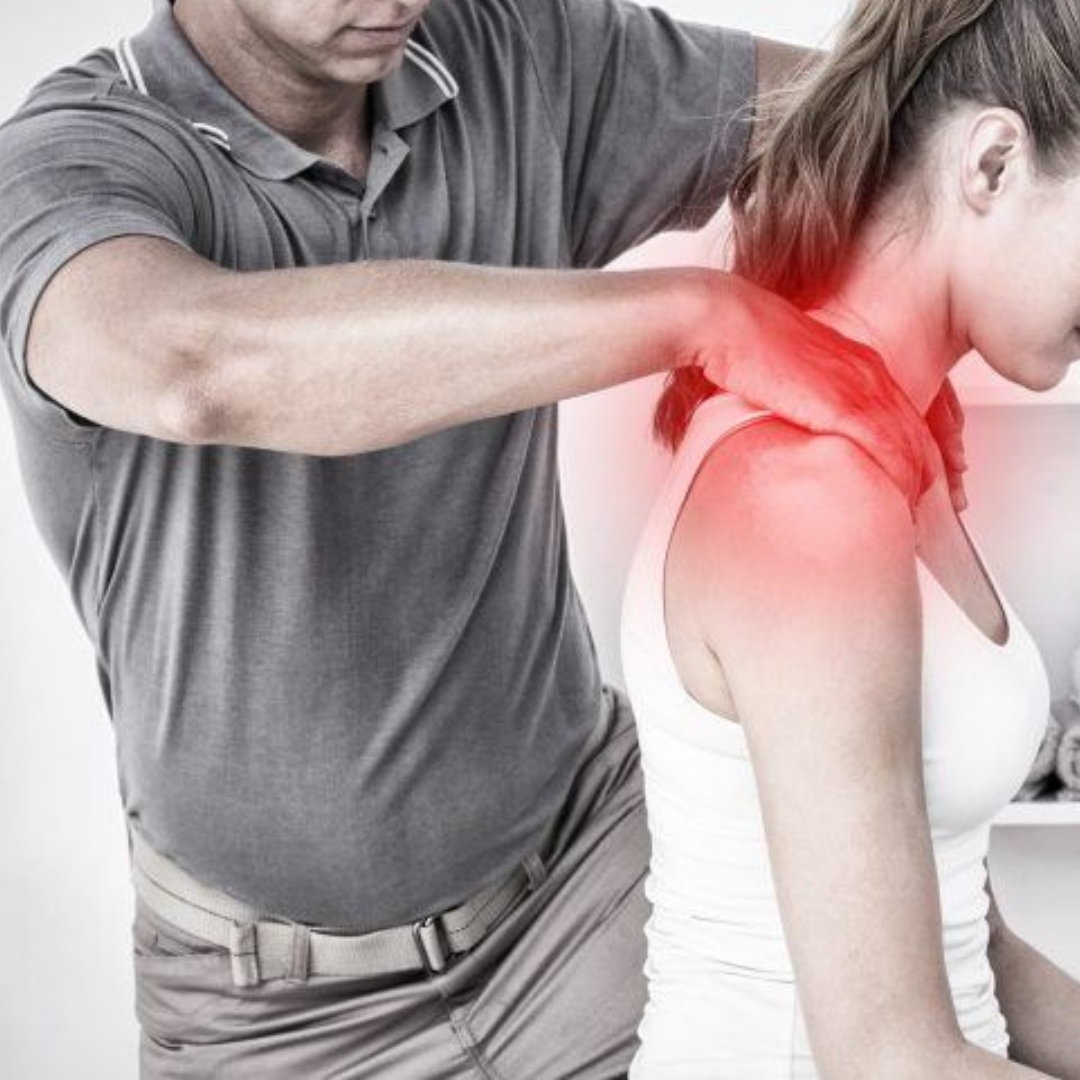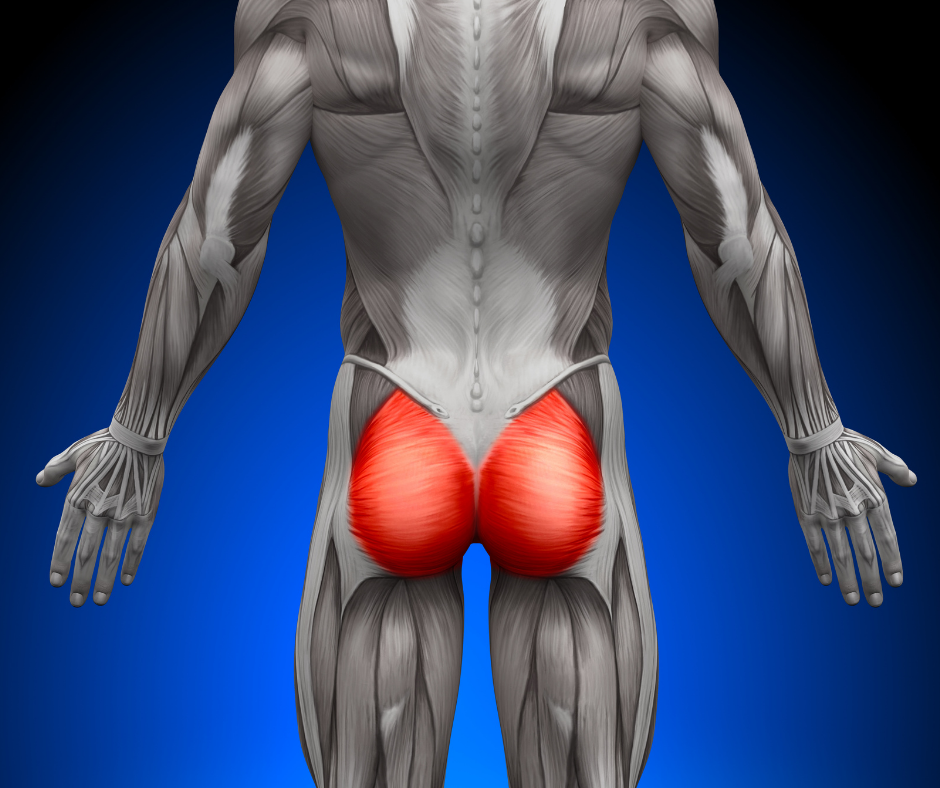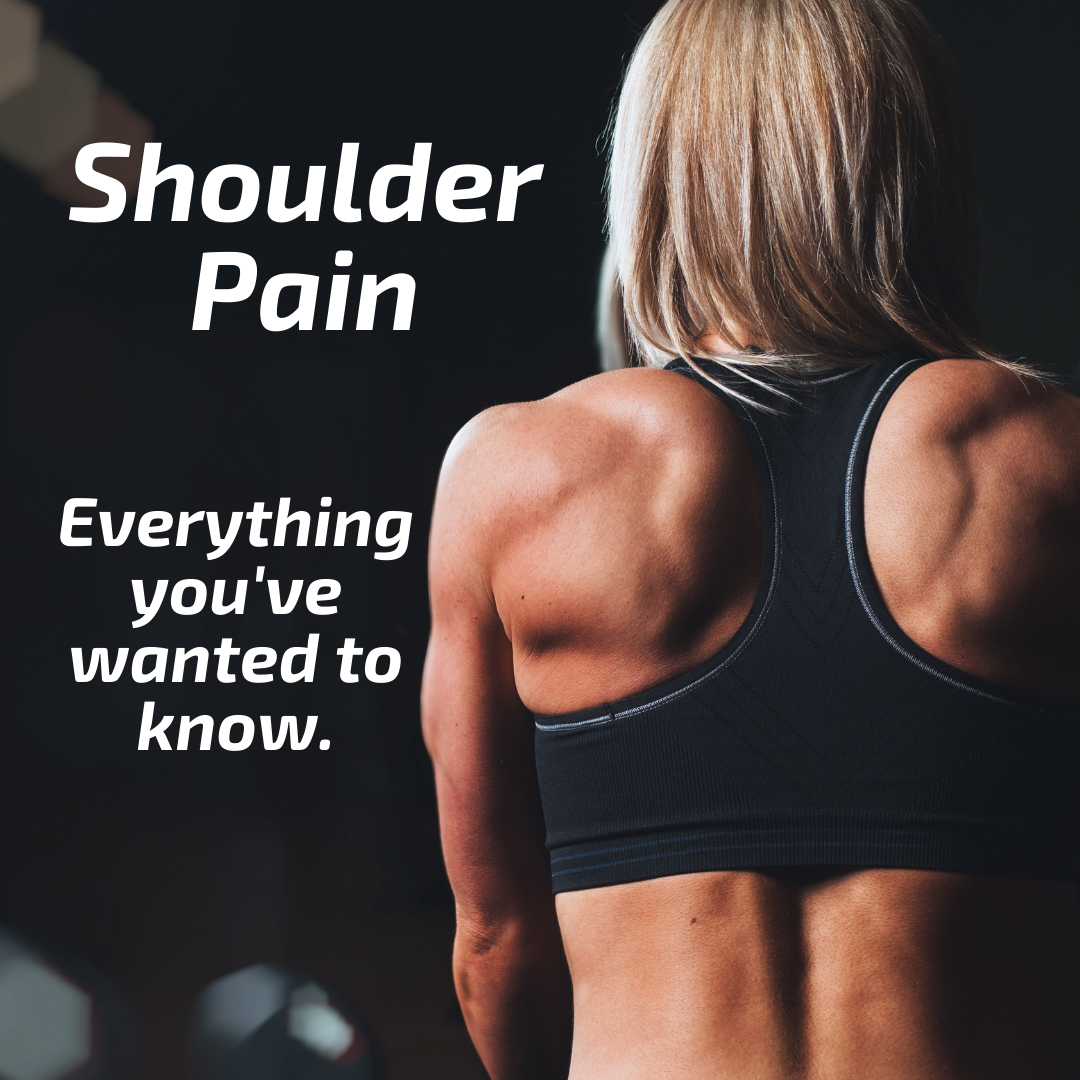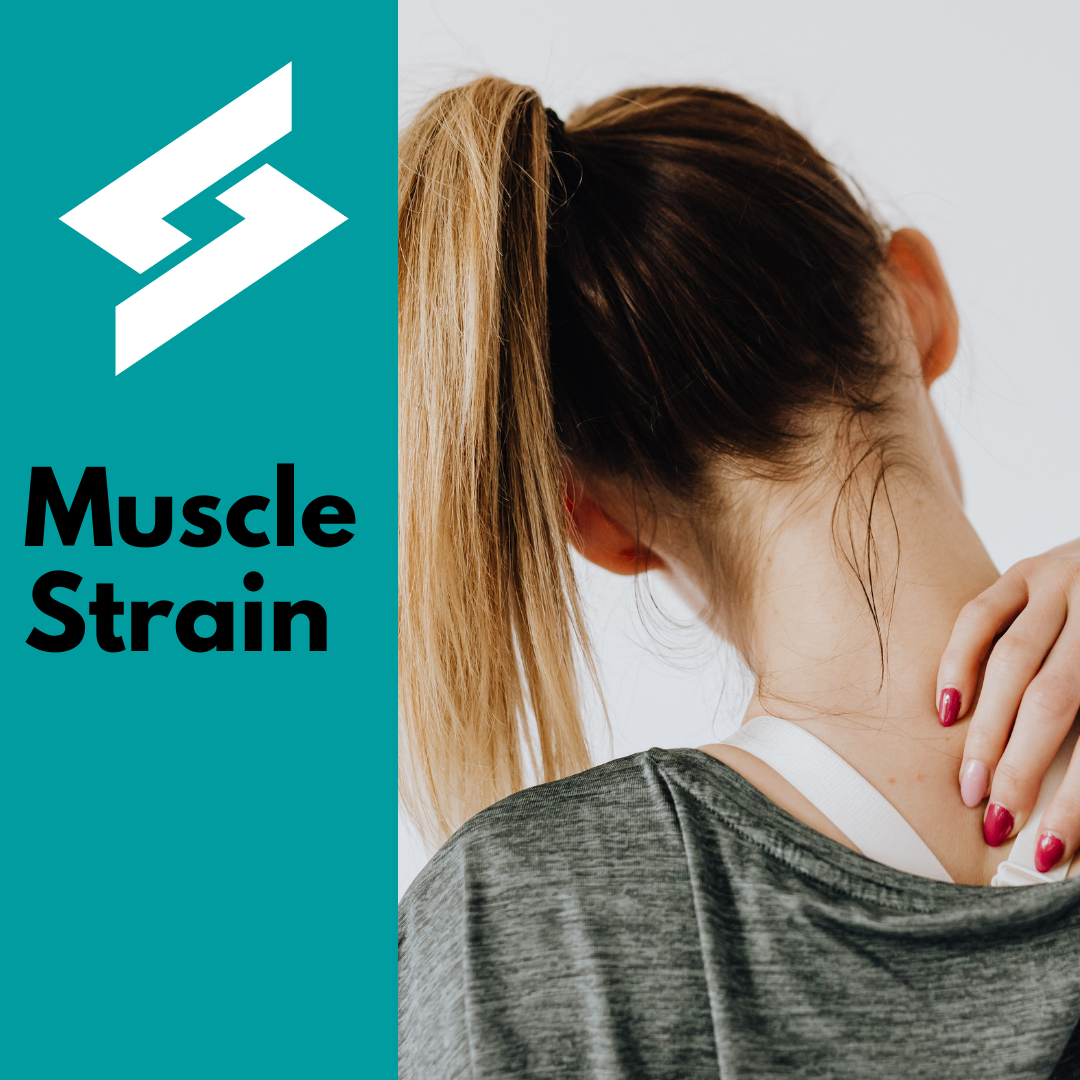Pronator Teres Syndrome
Do you have a painful forearm or weird sensations in your thumb and pointer finger? Maybe your forearm, wrist, and elbow have been aching. A quick online search for symptoms yields dozens of results for painful hand, wrist, and elbow conditions, making fact-finding very confusing. Your pain and discomfort may partially match common wrist complaints like carpal tunnel syndrome, hand tendonitis, elbow pain, and other related conditions, or your symptoms don’t seem to fit any single situation -- making it hard to tell what exactly is going on! One lesser-known condition that causes finger tendon and forearm discomfort is called pronator teres syndrome, and this culprit for...
Read More










